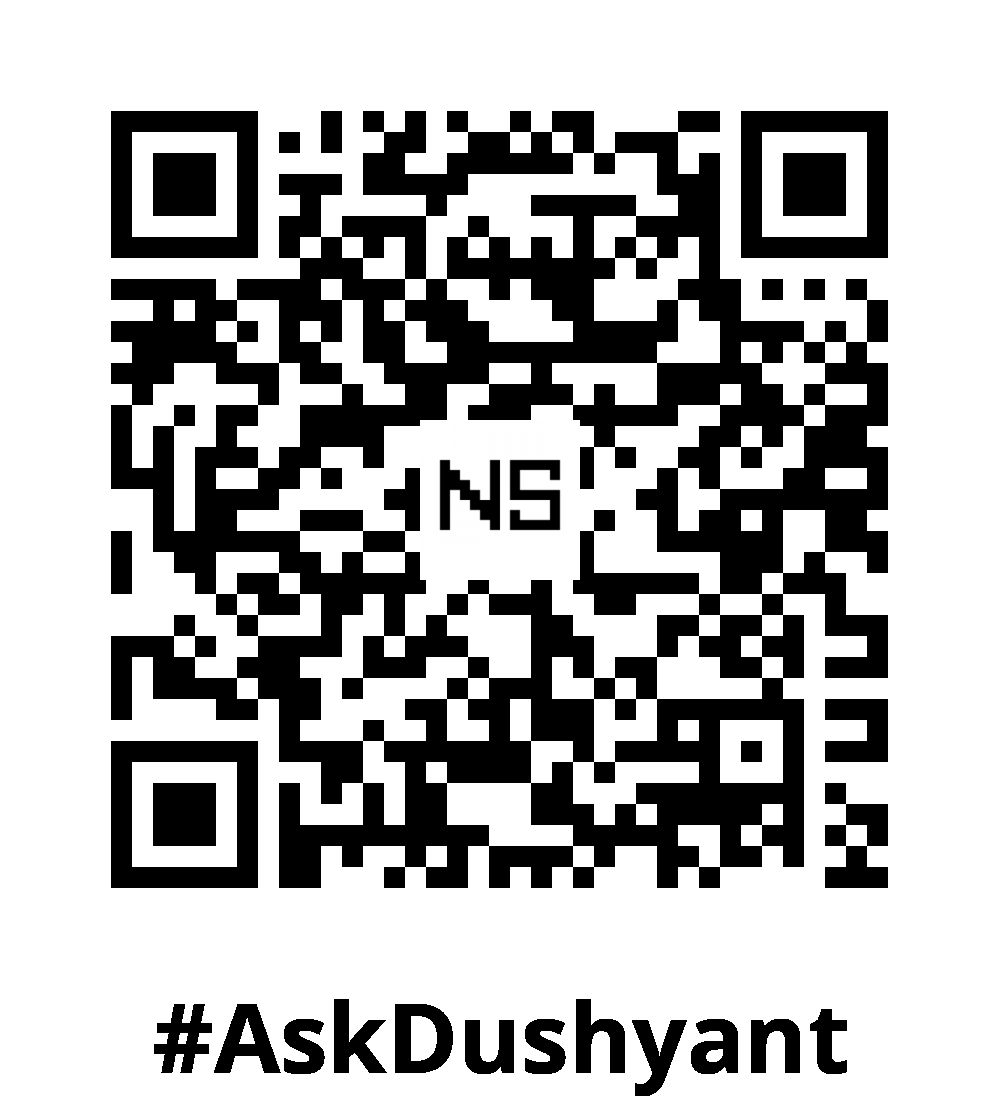Image upload functionality appears in nearly every modern web application, but it remains one of the most vulnerable features if implemented incorrectly. Hackers constantly exploit weak upload systems to distribute malware, hijack servers, and steal sensitive data. Just one compromised image upload can bring down your entire application.
With 20+ years of experience, I’ve partnered with numerous businesses, guiding them through the complexities of technology to achieve remarkable growth. I empower them to not just adapt to the future, but to create it. This tech concept, reveals professional techniques to lock down your image upload system. You’ll learn how to validate files properly, scan for malware, prevent common attacks, and store images securely.
Client-Side Validation: The First Defense Layer
Client-side validation improves user experience by catching problems early, but never rely on it for security. Attackers easily bypass browser checks by modifying requests directly. Always implement server-side validation as your true security layer.
Essential Client-Side Checks
File Type Validation
// Only allow JPG, PNG, and WebP
const validTypes = ['image/jpeg', 'image/png', 'image/webp'];
if (!validTypes.includes(file.type)) {
alert('Invalid file type! We accept JPG, PNG, and WebP only.');
return;
}File Size Restrictions
// Limit to 5MB maximum
const maxSize = 5 * 1024 * 1024;
if (file.size > maxSize) {
alert('File exceeds 5MB limit!');
return;
}Image Dimension Validation
// Check dimensions using browser API
const img = new Image();
img.onload = function() {
if (this.width > 5000 || this.height > 5000) {
alert('Image dimensions too large!');
return;
}
};
img.src = URL.createObjectURL(file);Server-Side Validation: Your Security Backbone
1. File Signature Verification
Never trust file extensions. Check magic numbers – the actual binary signatures at the start of files:
| File Type | Magic Numbers (Hex) |
|---|---|
| JPEG | FF D8 FF |
| PNG | 89 50 4E 47 |
| WebP | 52 49 46 46 |
Node.js Implementation
const fileBuffer = fs.readFileSync(tempFilePath);
const hexSignature = fileBuffer.toString('hex', 0, 4);
const signatures = {
'ffd8ffe0': 'jpg',
'89504e47': 'png',
'52494646': 'webp'
};
if (!signatures[hexSignature]) {
fs.unlinkSync(tempFilePath);
throw new Error('Invalid file signature!');
}2. Secure File Naming
// Generate random filename with correct extension
function safeFilename(originalName) {
const ext = path.extname(originalName).toLowerCase();
const randomName = crypto.randomBytes(16).toString('hex');
return `${randomName}${ext}`;
}3. Storage Location Security
// Configure Multer for secure storage
const storage = multer.diskStorage({
destination: '/var/secure_uploads/', // Outside web root
filename: (req, file, cb) => {
cb(null, safeFilename(file.originalname));
}
});Advanced Threat Protection
Malware Scanning Implementation
Python + ClamAV Example
import pyclamd
from django.core.exceptions import ValidationError
def validate_file_antivirus(file):
try:
cd = pyclamd.ClamdUnixSocket()
if cd.ping():
scan_result = cd.scan_stream(file.read())
if scan_result and scan_result['stream'][0] == 'OK':
file.seek(0) # Reset file pointer
return True
raise ValidationError("Virus detected!")
except Exception as e:
raise ValidationError(f"Antivirus error: {str(e)}")EXIF Data Removal
Node.js + Sharp Example
const sharp = require('sharp');
async function sanitizeImage(inputPath, outputPath) {
await sharp(inputPath)
.withMetadata(false) // Strips all metadata
.toFile(outputPath);
fs.unlinkSync(inputPath); // Delete original
}Production-Grade Storage Solutions
Cloud Storage Best Practices
AWS S3 Secure Upload
const AWS = require('aws-sdk');
const s3 = new AWS.S3({
signatureVersion: 'v4',
region: 'us-east-1'
});
const uploadParams = {
Bucket: 'secure-user-uploads',
Key: `images/${crypto.randomUUID()}.jpg`,
ContentType: 'image/jpeg',
ACL: 'private', // Never use public-read!
Metadata: {
'uploaded-by': userId
}
};
const presignedUrl = s3.getSignedUrl('putObject', uploadParams);CDN Configuration Tips
- Set strict CORS policies
- Enable automatic image optimization
- Configure cache invalidation rules
- Implement geo-blocking for sensitive content
Security Checklist for Image Uploads
- [ ] Implement client-side validation (UX only)
- [ ] Verify file signatures server-side
- [ ] Scan all uploads with antivirus
- [ ] Remove EXIF/metadata
- [ ] Use random filenames
- [ ] Store outside web root
- [ ] Set file size limits
- [ ] Rate limit upload endpoints
- [ ] Use secure cloud storage
- [ ] Generate temporary access URLs
My Tech Advice: Image upload and security is an ongoing process. Regularly audit your implementation and stay updated on new attack vectors. By following these professional practices, you’ll maintain a robust defense against image upload exploits while providing a smooth user experience.
For enterprise applications, consider these additional measures:
- Implement a file analysis sandbox
- Add CAPTCHA to upload forms
- Set up real-time malware detection
- Create an approval workflow for sensitive uploads
- Monitor for abnormal upload patterns
Ready to build your own tech solution ? Try the above tech concept, or contact me for a tech advice!
#AskDushyant
Note: The names and information mentioned are based on my personal experience; however, they do not represent any formal statement. The example and pseudo code is for illustration only. You must modify and experiment with the concept to meet your specific needs.
#TechConcept #TechAdvice #ImageUpload #CloudUpload #S3 #AWS


Leave a Reply